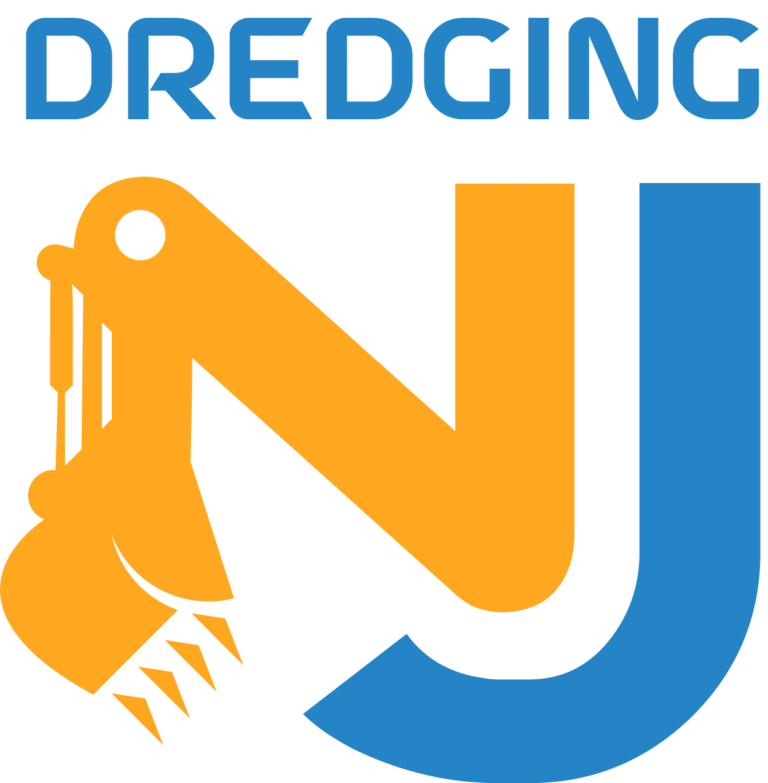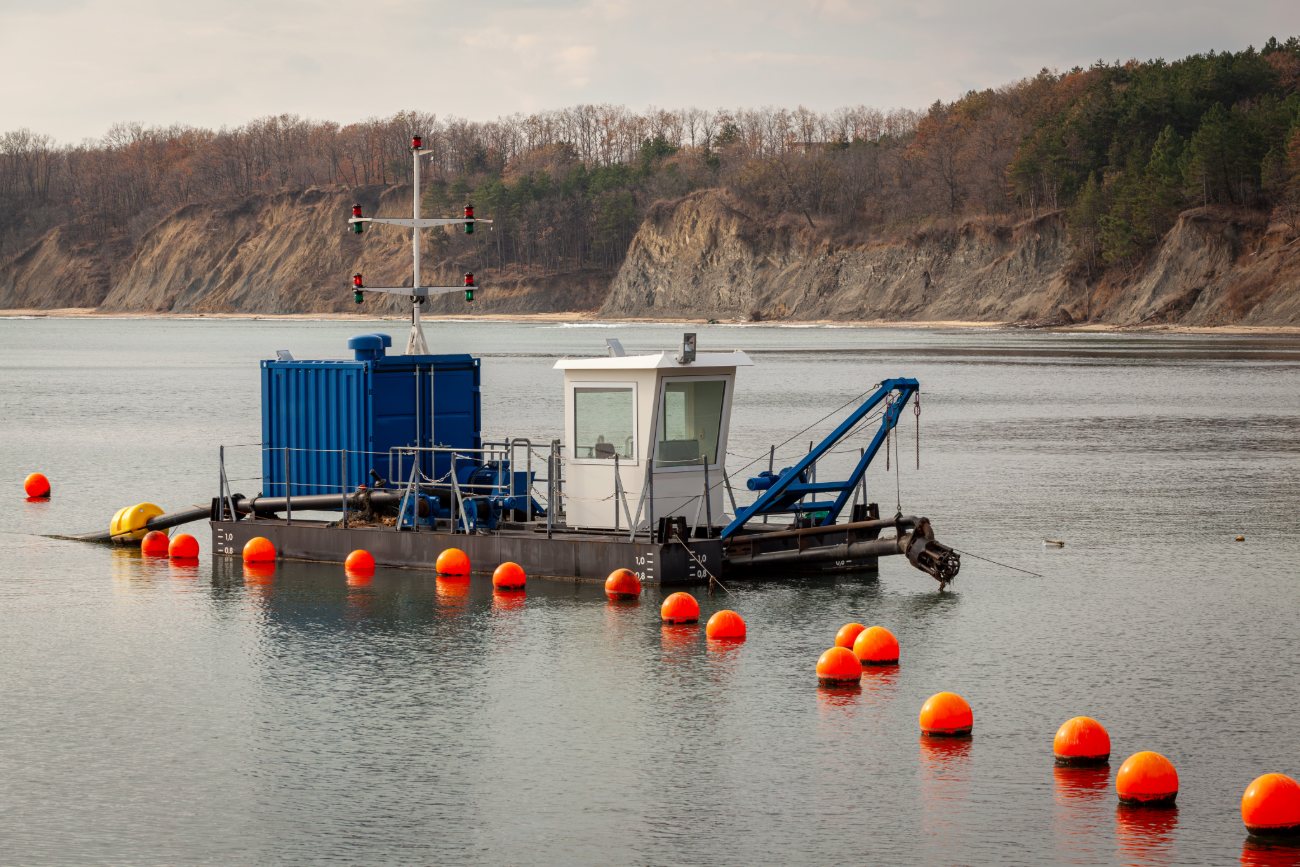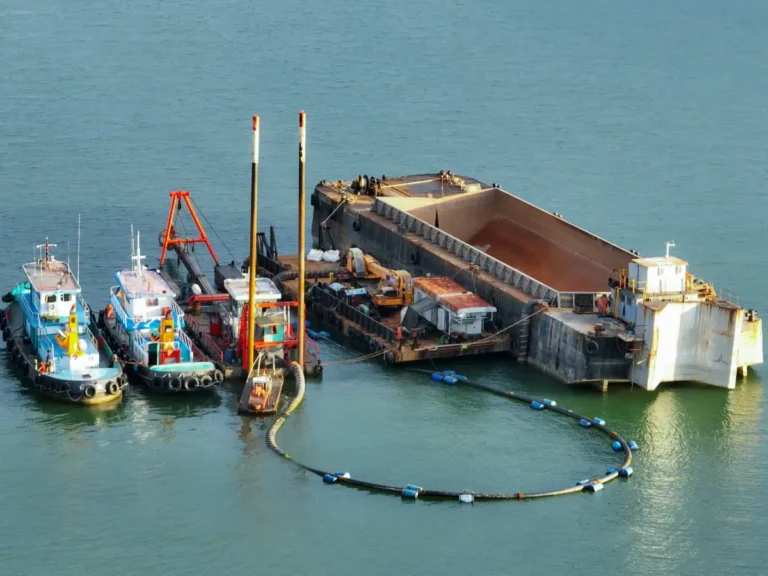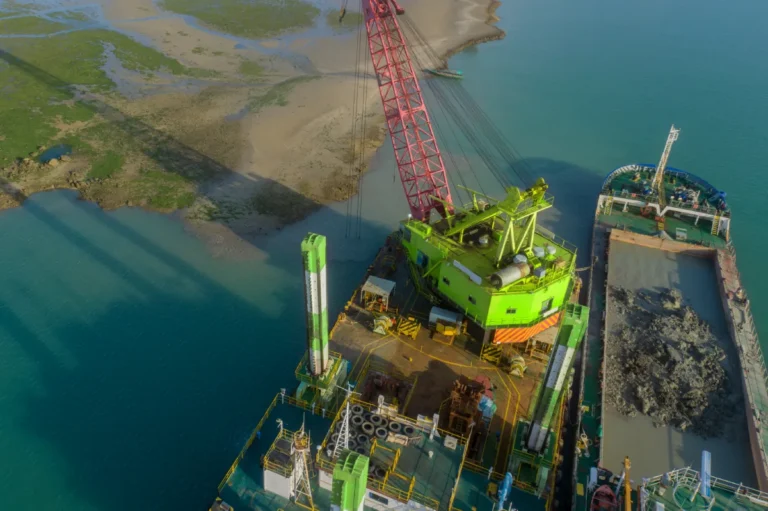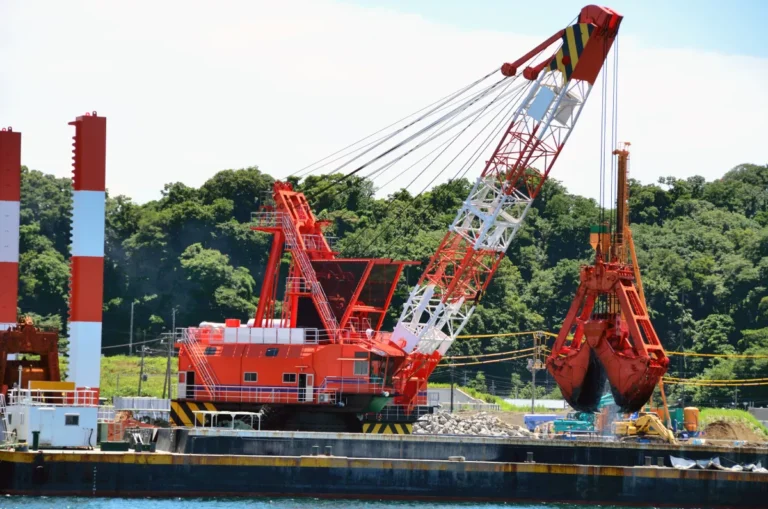When planning a dredging project, one of the most critical financial decisions is whether to rent or purchase the required equipment. The choice between renting and owning dredging equipment directly affects upfront costs, operational flexibility, maintenance responsibilities, and overall return on investment. Factors such as project duration, frequency, capital availability, and resource capacity all play a role in determining the most cost-effective approach. This article explores the key considerations that influence ROI and compares the benefits and trade-offs of renting versus buying dredge equipment, helping contractors make informed decisions tailored to their operational needs.
Understanding Your Project Needs
Before deciding between dredging equipment rental and purchasing, it’s essential to evaluate the specific demands of your project. Factors such as project duration, frequency, and operational scale play a direct role in determining which option delivers better value and return on investment.
Assessing Project Duration, Frequency, and Scale
For short-term or one-time dredging operations, renting dredging equipment is often the most practical solution. Projects with a limited timeline don’t justify the high capital expense of buying dredge equipment, especially when the gear will sit idle post-completion. Similarly, for businesses that undertake sporadic or seasonal dredging jobs, dredge rental provides access to specialized equipment only when needed, without the burden of storage or maintenance costs.
On the other hand, projects that span multiple phases over extended periods may benefit from a different approach. If your team is involved in continuous dredging activities across multiple job sites, it’s essential to calculate the long-term cost-effectiveness of owning versus repeatedly renting dredging equipment.
Types of Projects Where Dredge Rental is Typically Preferred
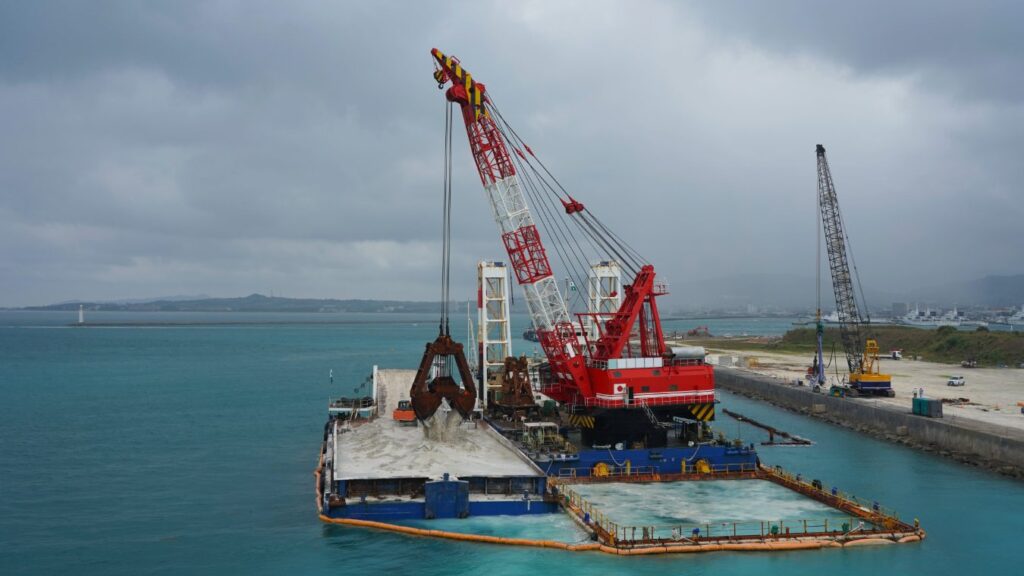
Certain project types naturally lend themselves to rental rather than purchase. These include:
- Emergency dredging operations that require immediate mobilization
- Municipal or environmental cleanup projects with tight budget constraints
- Seasonal maintenance dredging in marinas, lakes, or canals
- Remote-site dredging where transporting owned dredge equipment is not cost-effective.
In these situations, dredging equipment rental allows contractors to deploy the right tools quickly, minimize overhead, and stay within budget.
When Permanent Ownership Becomes Justifiable
Purchasing dredge equipment becomes a logical investment when a company handles continuous or high-volume dredging operations. Contractors with in-house maintenance capabilities and storage facilities can benefit from the long-term cost savings of ownership. In these cases, owning the necessary dredging gear can reduce lead times, support project consistency, and offer more control over operations.
Still, ownership carries responsibility. Maintenance, repairs, depreciation, and equipment updates must be factored into your cost analysis to determine if buying delivers the ROI you expect compared to dredge rental.
Cost Analysis: Rental vs. Purchase
Choosing between renting and purchasing dredging equipment begins with a thorough cost analysis. Beyond the initial expense, long-term financial commitments—including operations, maintenance, and asset depreciation—should all factor into your decision.
Upfront Investment: Equipment Purchase Cost vs. Rental Deposits or Leasing Rates
Purchasing dredge equipment requires a significant upfront capital investment. Depending on the type and size of the machinery, initial costs can range from hundreds of thousands to several million dollars. This capital is often tied up long before the equipment begins to see consistent use.
In contrast, dredging equipment rental allows companies to avoid large upfront expenditures. Most dredge rental agreements require only a security deposit and a periodic rental or lease fee, making it easier for contractors to align costs with project timelines. This model is especially attractive for companies managing multiple short-duration jobs or those operating under strict budget constraints.
Operational Costs: Maintenance, Repairs, Storage, and Staffing
Owning dredge equipment introduces ongoing operational expenses. Routine maintenance, emergency repairs, spare parts procurement, and equipment storage all contribute to the total cost of ownership. Additionally, businesses often need to allocate in-house staff or hire third-party technicians to handle servicing, which increases overhead.
With the rental of dredging equipment, these operational burdens are significantly reduced or eliminated. Most dredging gear rental providers offer equipment that is serviced, inspected, and ready for immediate use. This not only ensures reliability but also reduces the time and labor required for upkeep. Storage and transportation logistics are often handled by the rental provider as part of the agreement, further lowering costs and administrative load.
Depreciation and Resale Value: Financial Impact of Owning vs. Renting
Like any capital equipment, dredge equipment depreciates over time. Its resale value is affected by age, usage hours, and market demand. Owners must also navigate fluctuating resale prices and potential losses during the disposition process.
Dredging equipment rental avoids depreciation altogether. Since the equipment is never owned, there is no concern about declining asset value or planning for resale. This is particularly beneficial for businesses that require temporary access to specialized dredging gear, without being committed to long-term asset management responsibilities.
Where Dredging Gear Rental Eliminates Hidden Costs
Hidden costs such as insurance, equipment obsolescence, environmental compliance upgrades, and idle equipment losses often go unnoticed in ownership scenarios. Dredge rental helps sidestep many of these risks. Rental agreements typically include insurance coverage, access to the latest models, and assurance that the equipment meets current regulations, allowing operators to focus on productivity rather than asset liability.
Flexibility and Equipment Access
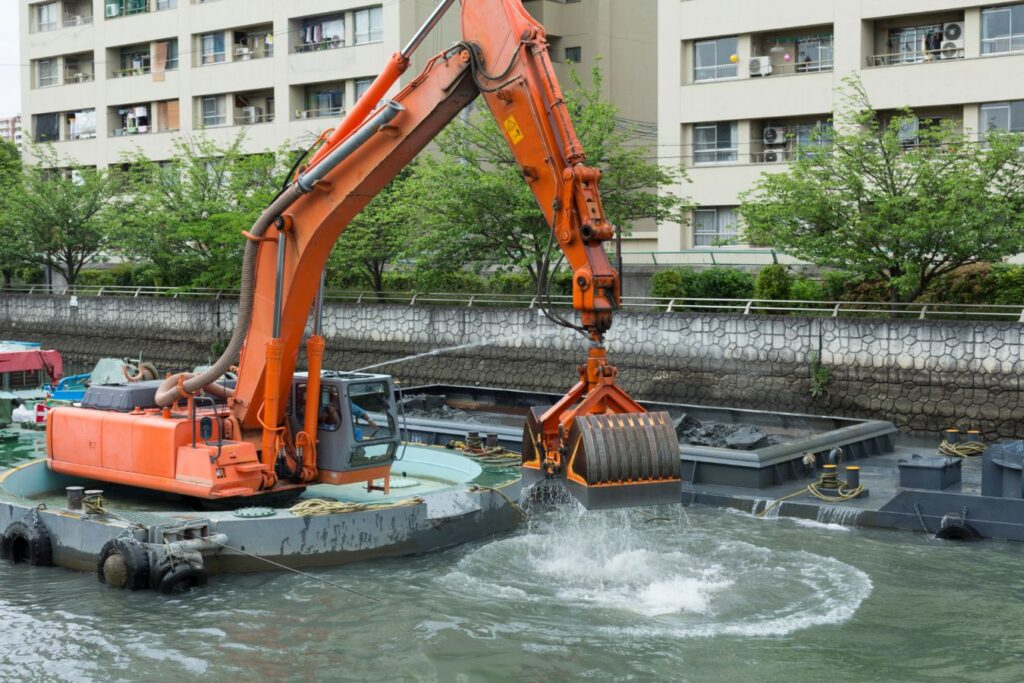
One of the most significant advantages of choosing dredging equipment rental over ownership is the enhanced flexibility it offers. In a fast-paced industry where project requirements can shift rapidly, access to a diverse fleet of reliable, modern dredge equipment provides a competitive edge.
Advantages of Accessing the Latest Technology Through Dredging Equipment Rental
Technology in dredging continues to evolve, with advancements in automation, fuel efficiency, and environmental compliance. Companies that own dredge equipment often struggle to justify frequent upgrades due to the high cost of purchasing new machinery. This can lead to outdated equipment being used for modern projects, resulting in lower efficiency and higher operating costs.
Dredging equipment rental addresses this issue by providing contractors with access to the latest models without the long-term financial burden. Rental providers frequently update their fleets to meet current industry standards, allowing operators to use up-to-date dredging gear that improves productivity and meets project specifications more effectively.
Upgrading or Switching Equipment Based on Site Needs
Different dredging sites require different capabilities. A small inland waterway project might demand compact and maneuverable equipment, while a large-scale marine project may call for high-capacity dredgers. Owning a single type of dredge equipment can limit operational flexibility and force teams to compromise on performance.
With dredge rental, switching to alternative equipment types is straightforward. Contractors can upgrade or swap machines based on changing site conditions, sediment types, or project phases. This adaptability enables more efficient resource allocation and ensures that the right equipment is always on-site.
Reduced Downtime With Vendor-Supported Dredge Rental Programs
Downtime on a dredging project can lead to significant financial losses and project delays. When companies own their equipment, they must manage repairs, find replacement parts, and handle service scheduling—all of which take time.
Many dredging gear rental programs include comprehensive vendor support that minimizes downtime. If a machine fails or underperforms, rental providers can offer rapid replacements or on-site repairs. This ensures that operations continue with minimal interruption, ultimately supporting better project timelines and profitability.
Logistics and Maintenance Considerations
Managing dredge equipment involves more than just operation—it includes a range of logistical and maintenance responsibilities that impact both budget and efficiency. Deciding between ownership and dredging equipment rental should take these factors into account.
Ownership Responsibilities: Storage, Servicing, Transport
When you purchase dredge equipment, you’re also taking on the full burden of managing its lifecycle. This includes secure storage during non-operational periods, routine and emergency servicing, and the costs and coordination involved in transporting equipment to and from job sites.
These tasks require in-house resources, skilled technicians, and dedicated infrastructure, all of which increase operational overhead. Transport logistics alone can be particularly challenging when moving large or specialized equipment across long distances or to remote project sites.
Vendor Services Offered in Dredging Gear Rental Packages
By contrast, dredging equipment rental providers often include value-added services that streamline operations. Most dredging gear rental packages come with pre-arranged logistics, such as delivery to the job site, setup assistance, and retrieval once the project is complete.
In addition, reputable dredge rental companies offer ongoing support throughout the rental period. This can include on-site technical support, scheduled maintenance, emergency service calls, and access to replacement parts. These services are designed to keep operations running smoothly while reducing administrative load on your internal team.
How Renting Shifts Maintenance Risks to the Provider
One of the most overlooked benefits of dredging equipment rental is the transfer of maintenance responsibility to the provider. Equipment rental agreements typically include clauses that make the vendor responsible for routine servicing, repairs due to normal wear and tear, and any mechanical issues unrelated to misuse.
This arrangement reduces unexpected downtime, lowers the risk of cost overruns, and ensures compliance with safety and performance standards. For contractors focused on delivering projects without the distractions of equipment upkeep, dredging gear rental offers a clear operational advantage.
Tax and Financial Implications
Evaluating the financial impact of dredging equipment rental versus ownership requires an understanding of how each option affects a company’s balance sheet, tax liability, and cash flow. The decision between capital expenditure (CapEx) and operational expenditure (OpEx) can significantly influence financial strategy.
Capital Expenditure vs. Operational Expenditure
When a company purchases dredge equipment, the cost is typically classified as a capital expenditure. This means the purchase must be capitalized and depreciated over the equipment’s useful life. While this approach builds equity in owned assets, it ties up large amounts of capital and affects the company’s balance sheet.
In contrast, dredging equipment rental is considered an operational expenditure. These costs are recorded as ongoing business expenses and do not require long-term capitalization. This distinction makes dredge rental a favorable option for businesses looking to keep liabilities off their books while maintaining access to essential dredging gear.
Tax Benefits of Dredge Rental
Operational expenditures such as dredge rental are generally tax-deductible in the year they’re incurred. This creates a direct financial benefit by lowering taxable income and improving cash retention. Unlike capitalized assets that are depreciated over several years, rental expenses can offer immediate tax relief, which is particularly valuable for small to mid-sized contractors managing tight margins.
In addition, companies that rent dredging gear avoid the complexities of calculating depreciation schedules and managing asset disposals, simplifying financial reporting and compliance.
How Leasing Options Support Better Cash Flow and Budget Forecasting
Leasing dredge equipment or opting for short-term dredging gear rental allows for more predictable cash flow. Monthly or project-based rental payments are easier to forecast and align with revenue cycles. This flexibility enables contractors to plan budgets more accurately without committing large capital sums upfront.
Rental agreements can also be scaled based on project size and duration, helping businesses avoid the risk of underutilized assets or overspending on unnecessary capacity. This level of financial control is a key reason why many companies choose to rent dredging equipment as part of a cost-efficient operational model.
Suitability by Business Type
The decision to rent or purchase dredge equipment often depends on the size and operational model of the business. Whether a company is managing occasional local projects or running continuous, large-scale dredging operations, aligning its equipment strategy with the business type is essential for maximizing ROI.
Small to Mid-Sized Contractors: Why Dredging Equipment Rental Often Makes More Sense
For small to mid-sized contractors, dredging equipment rental provides a cost-effective solution without the financial strain of capital investment. These businesses typically handle shorter-duration or infrequent projects, making full ownership of dredge equipment less practical.
Renting offers access to a wide range of dredging gear without the responsibilities of maintenance, storage, or transport. It also enables smaller contractors to remain competitive by utilizing high-performance equipment they might not otherwise be able to afford. In many cases, dredge rental enables these companies to scale operations up or down based on project demand, maintaining flexibility while avoiding long-term financial commitments.
Large-Scale Operators: When Buying Becomes a Strategic Long-Term Investment
For larger contractors or dredging firms with consistent, high-volume workloads, purchasing dredge equipment may offer better long-term value. These companies often possess the necessary infrastructure, technical staff, and financial capacity to manage their equipment effectively.
In scenarios where equipment is in constant use across multiple projects, owning reduces per-use costs and allows for full operational control. Over time, the investment in equipment can be offset by avoiding recurring rental fees for dredging gear. Additionally, large-scale operators often benefit from volume discounts on parts and maintenance, which further improves the cost efficiency of ownership.
Equipment Ownership vs. Agility in Bidding on Diverse Projects
While ownership offers control, it can also reduce flexibility. Companies that rely solely on owned assets may be limited by the types and sizes of dredge equipment in their fleet. This can restrict their ability to bid on a wide variety of projects, especially those requiring specialized or project-specific tools.
Dredging equipment rental offers a strategic advantage in this area. It allows businesses to expand their service offerings, respond to RFPs with confidence, and mobilize the right dredging gear for any job, without being limited by their existing inventory. For contractors seeking agility and competitiveness in dynamic markets, dredge rental is often the more adaptable choice.
Hidden ROI Factors
Beyond direct costs and usage efficiency, several hidden ROI factors influence whether dredging equipment rental or ownership is the smarter financial decision. These elements often go unnoticed during initial planning but have a measurable impact on project timelines, productivity, and profitability.
Downtime Recovery and Emergency Replacements with Dredge Rental
Unexpected equipment failure can halt operations, resulting in missed deadlines and cost overruns. For companies that own dredge equipment, any breakdown necessitates internal troubleshooting, repair coordination, and parts sourcing, which can delay project progress.
With dredge rental, recovery time is significantly reduced. Most dredging equipment rental agreements include provisions for emergency replacement or on-site servicing. Rental providers maintain fleets of ready-to-deploy dredging gear, ensuring minimal disruption. This access to backup equipment protects against prolonged downtime and helps contractors maintain project momentum.
Vendor Training and Operator Availability with Rentals
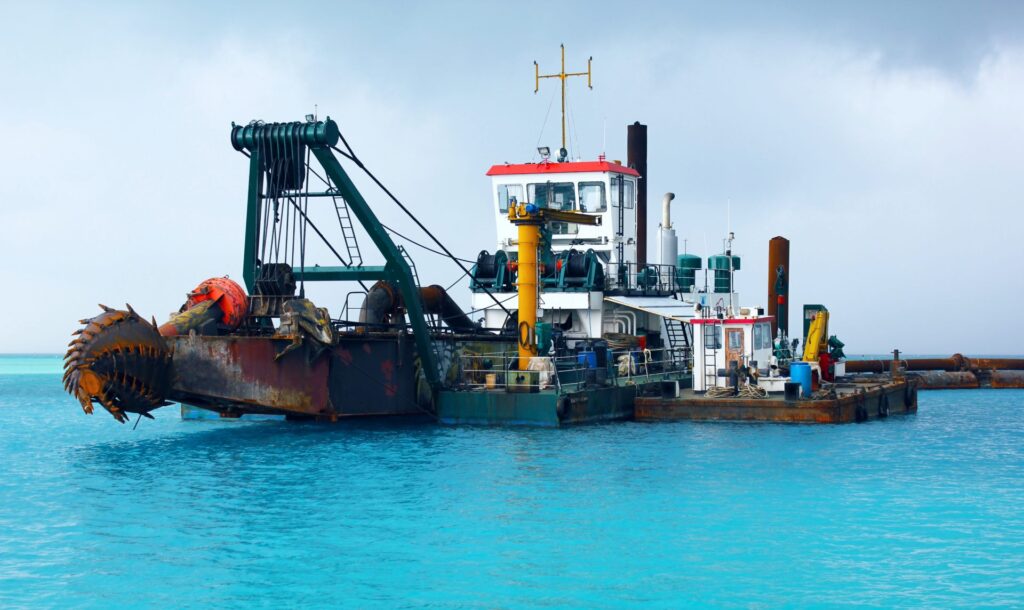
Proper use of dredge equipment is critical for safe and efficient operation. When purchasing machinery, companies are responsible for sourcing and training operators. This adds time, cost, and potential risk to the project if expertise is lacking.
Many dredging equipment rental providers offer training as part of the rental package. Some even supply skilled operators familiar with the exact make and model of the rented dredging gear, reducing learning curves and boosting performance from day one. This built-in support ensures faster deployment and more consistent outcomes across varying project types.
Opportunity Costs of Equipment Lying Idle When Purchased Outright
Owning dredge equipment comes with the risk of underutilization. If equipment sits unused between projects, it still incurs costs, such as insurance, storage, depreciation, and missed opportunities to reallocate capital.
Dredging equipment rental eliminates this issue by allowing businesses to pay only for the time the equipment is actively in use. This model aligns expenses directly with revenue-generating activities, avoiding the opportunity costs associated with idle dredging gear. It also frees up financial resources for other critical areas, such as staffing, marketing, or expanding service offerings.
How to Decide: A ROI-Focused Checklist
Choosing between renting and purchasing dredging equipment requires a structured evaluation of project requirements and organizational capabilities. The following checklist outlines the key factors to consider when determining which option offers a better return on investment.
Total Project Duration and Frequency of Use
The length and frequency of your dredging activities are fundamental to your decision. For short-term, seasonal, or one-off projects, dredging equipment rental is typically the more cost-effective choice. However, if your company performs dredging on a continuous or high-frequency basis, owning dredge equipment may offer long-term savings through lower per-use costs.
Capital Availability and Financing Options
If your business has limited access to capital or wants to preserve working capital for other priorities, dredge rental can help avoid the large upfront cost of purchasing. Rental and leasing options shift expenses into manageable operational budgets. Companies with strong financing capacity and long-term project pipelines may opt to invest in owning dredging gear to build asset value over time.
Internal Expertise and Capacity for Equipment Upkeep
Owning dredge equipment requires in-house expertise for maintenance, repairs, and inspections. If your team lacks the technical skills or bandwidth to handle these tasks, rental is the safer option. Dredging equipment rental providers often offer fully serviced and maintained equipment, reducing operational risks and support demands.
Need for Scalability or Multi-Location Deployments
Companies that manage multiple projects across different locations or need to scale quickly should consider renting dredging equipment. Rental agreements offer flexibility to mobilize the right dredging gear where and when it’s needed, without the logistical constraints of transporting and maintaining owned assets. This agility helps maximize efficiency across project portfolios and supports dynamic scheduling.
Final Considerations for Maximizing ROI
Choosing between renting and purchasing dredging equipment depends on a clear understanding of your project’s demands, financial structure, and operational capacity. While ownership may be suitable for long-term, high-frequency operations with dedicated support teams, rental offers unmatched flexibility, reduced risk, and cost efficiency, particularly for short-term or varied dredging needs. By carefully evaluating factors such as duration, capital availability, and scalability, contractors can make informed strategic decisions that align with both performance and profitability goals. If you’re unsure which path is right for your next project, contact New Jersey Dredging Services for expert guidance and tailored solutions that help you maximize ROI without compromising on capability or timeline.
